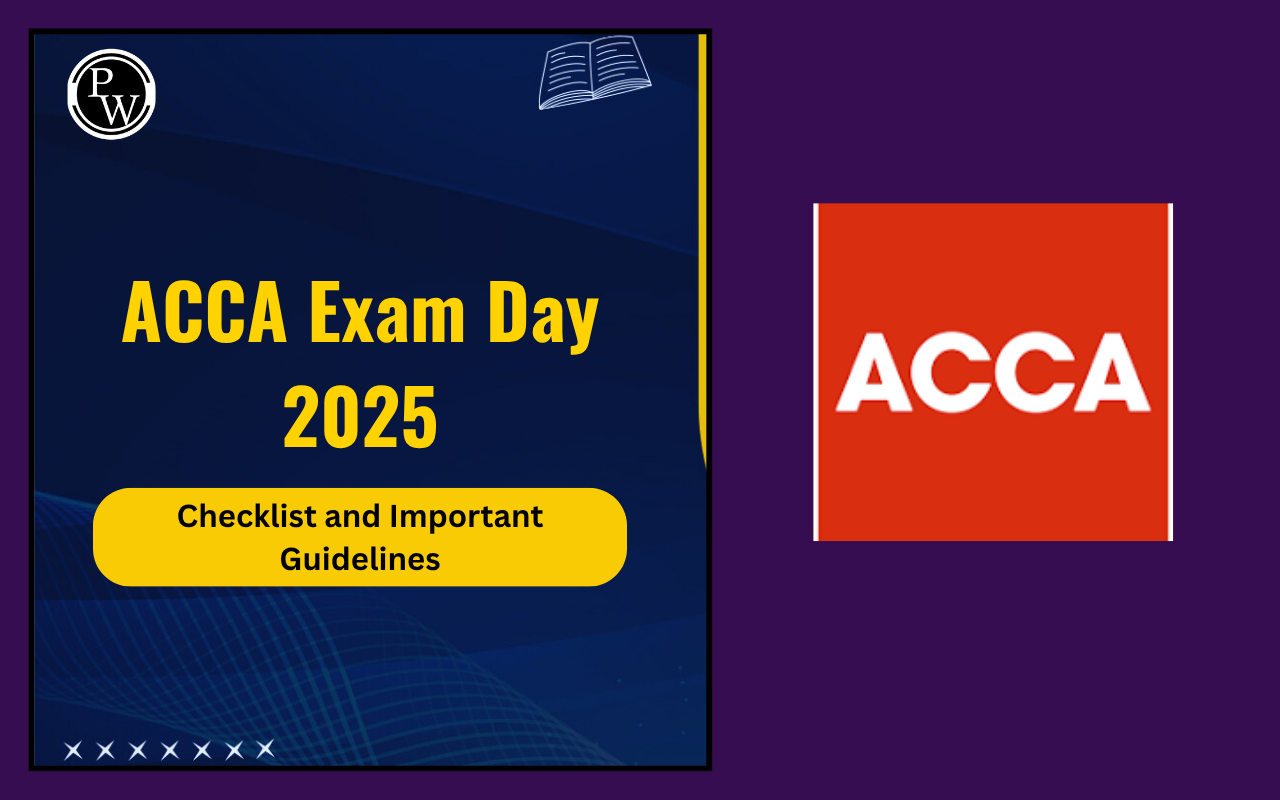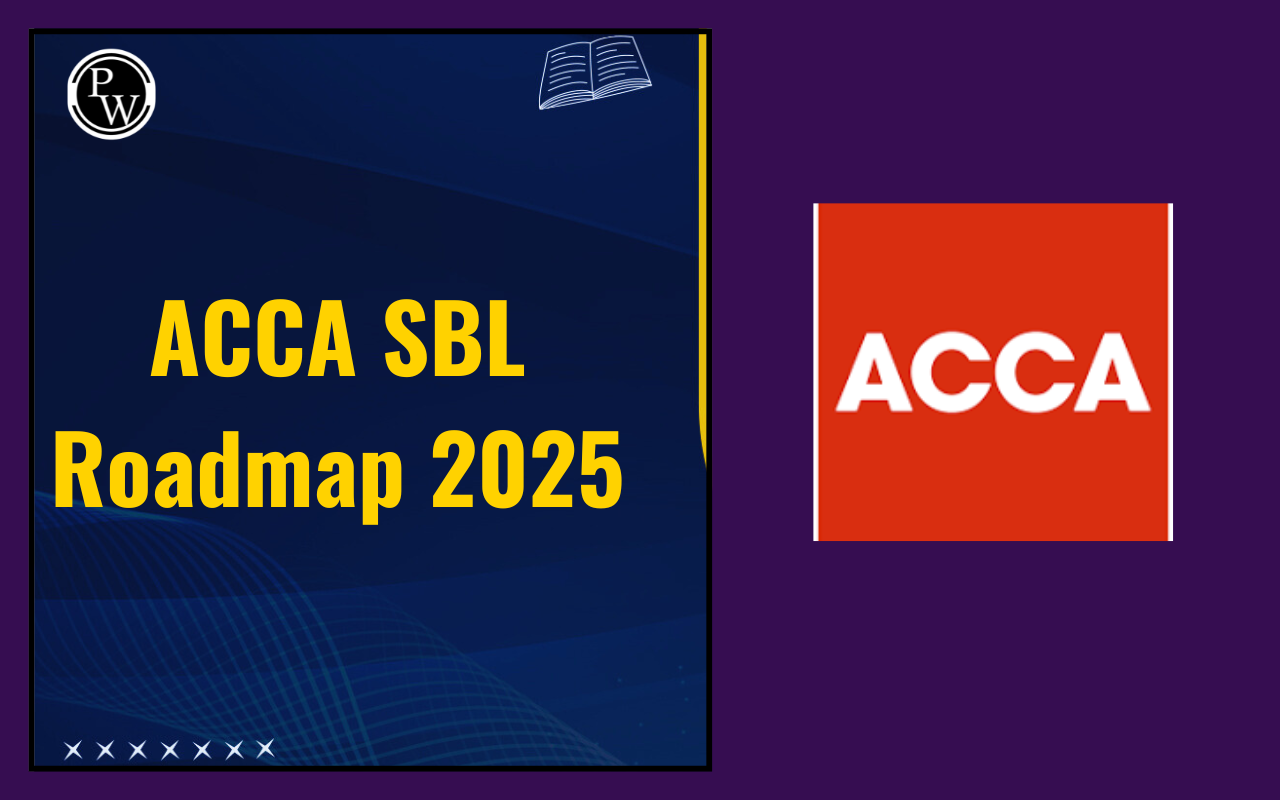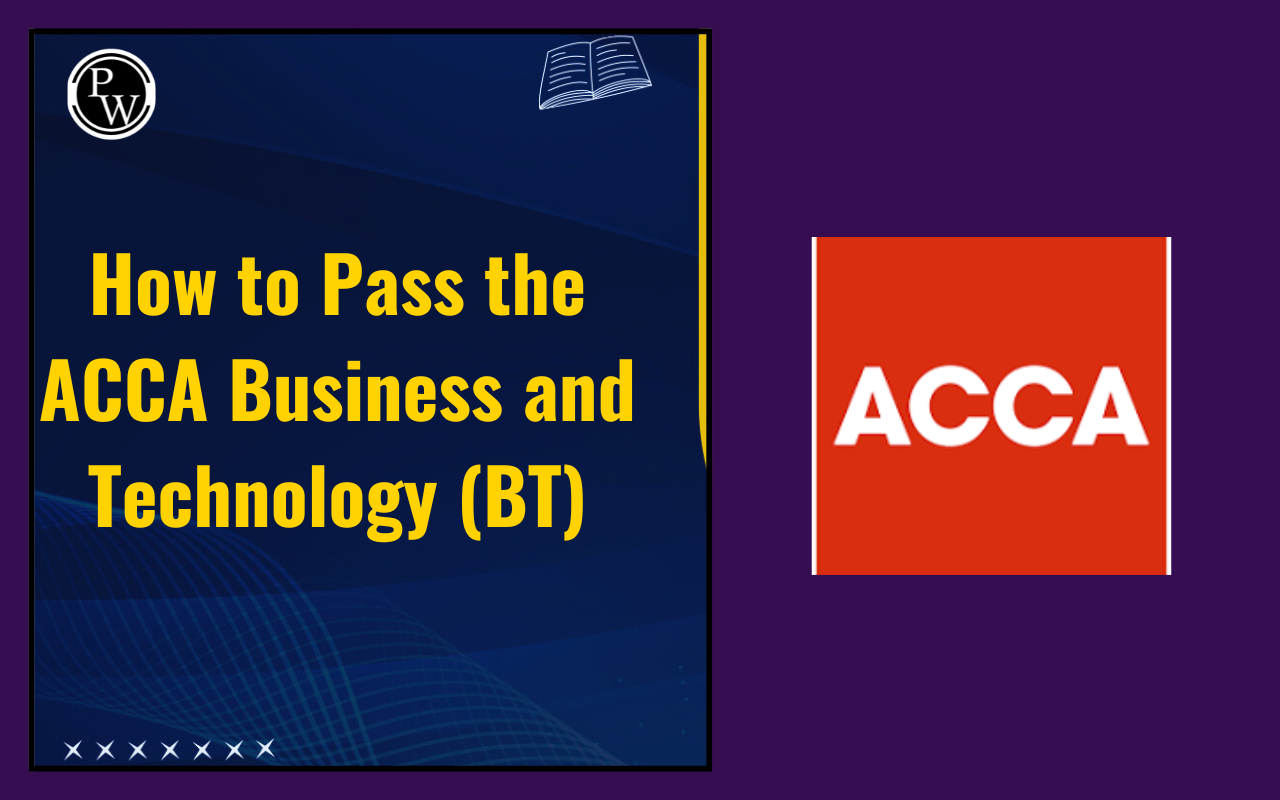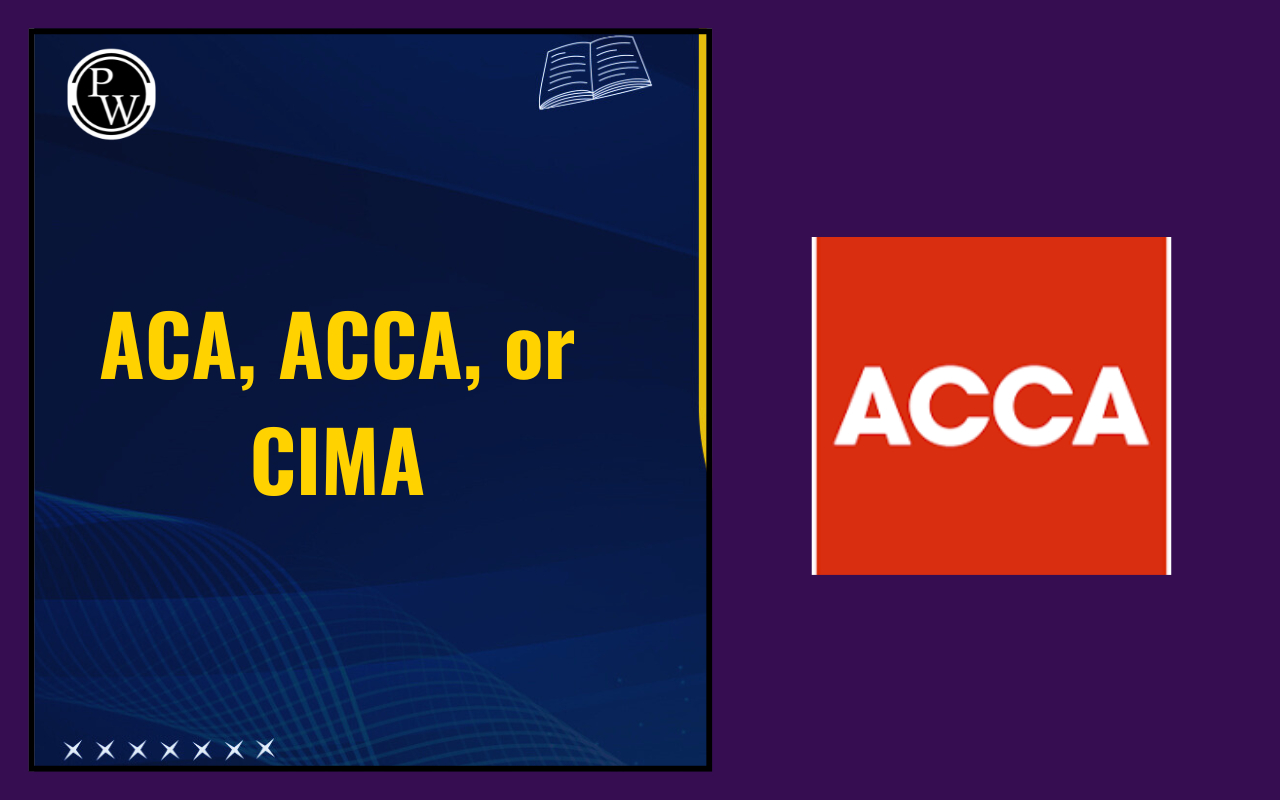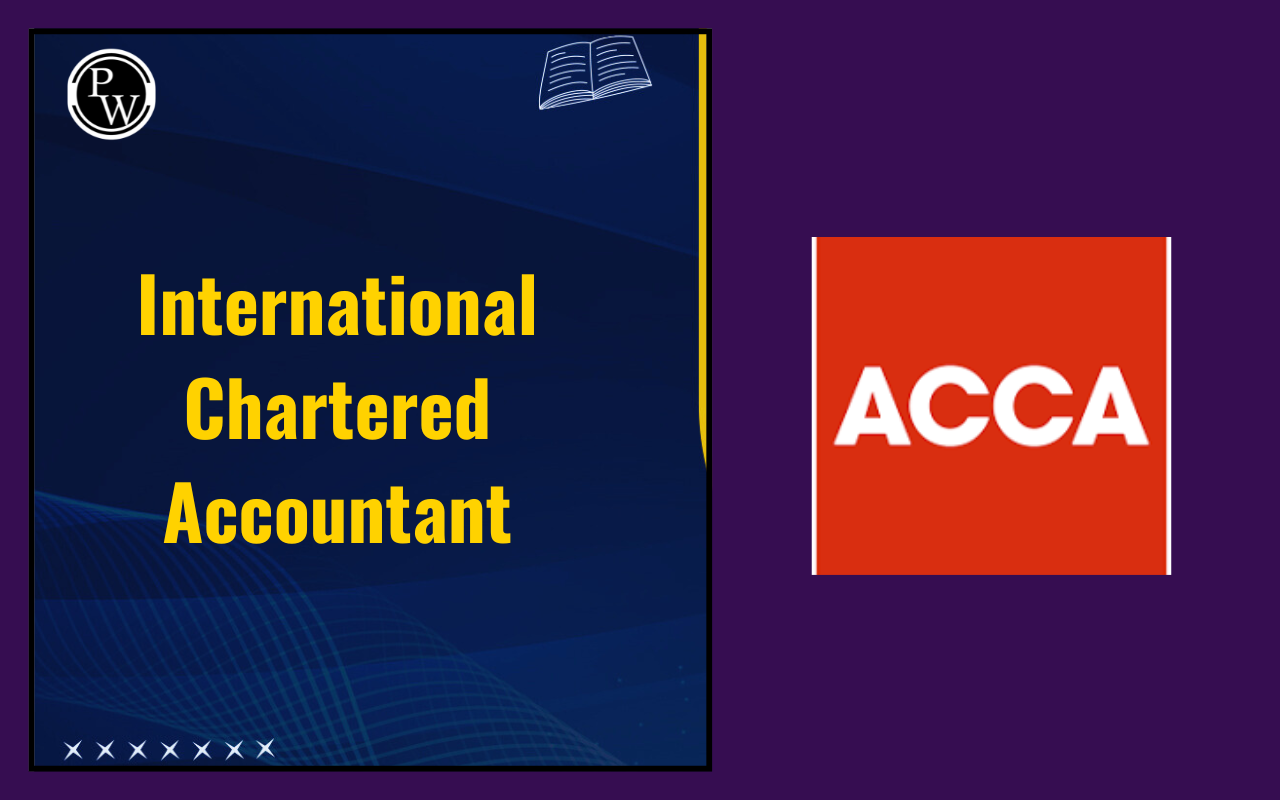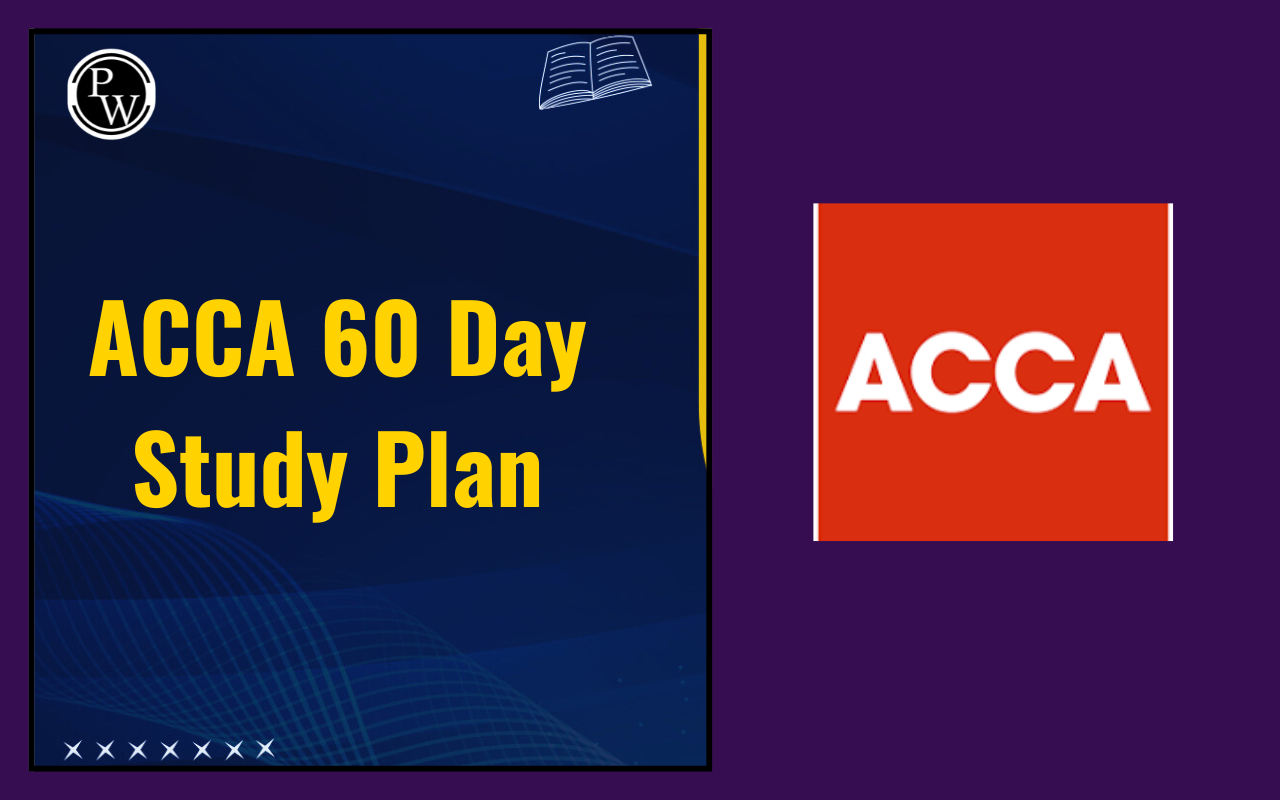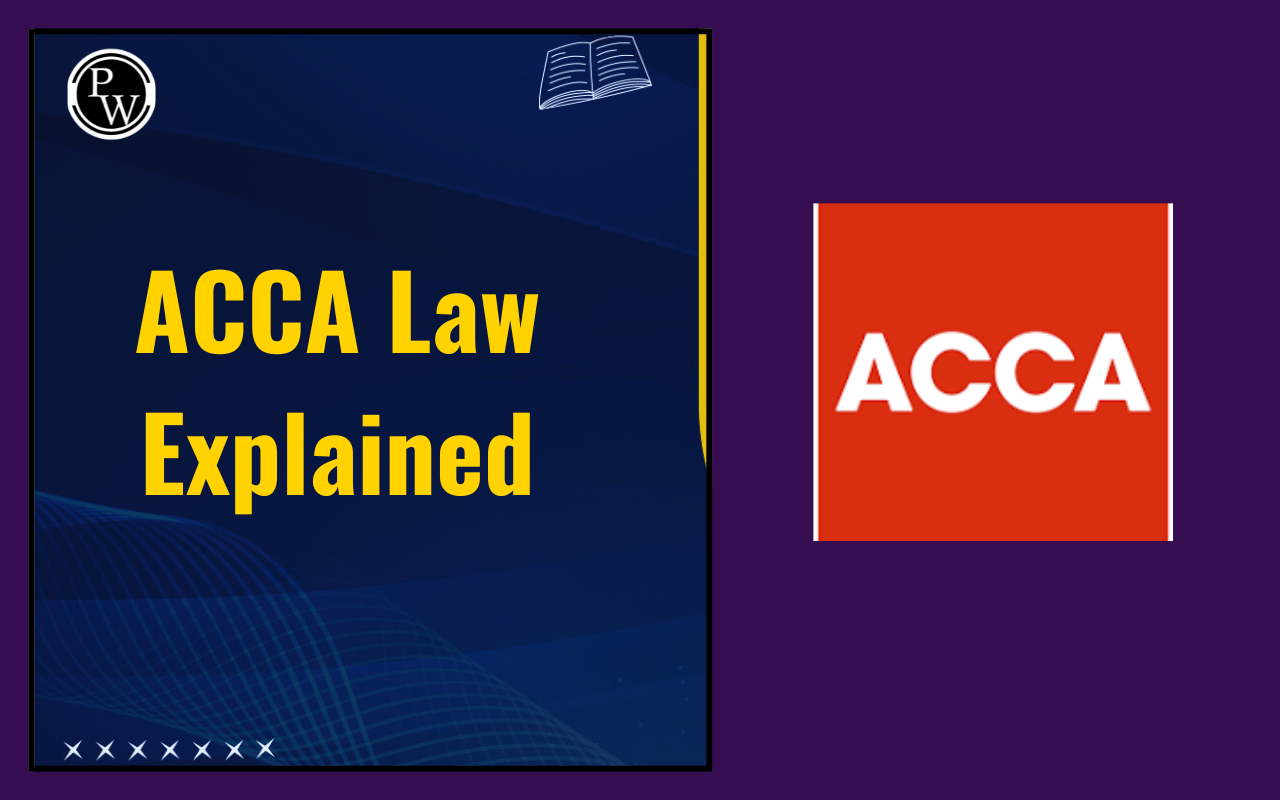
ACCA Business and Technology BT/F1: The Business and Technology BT/FBT is the first foundational exam for getting ACCA qualification. Clearing Business and Technology BT/FBT requires a comprehensive foundation in business fundamentals and technological applications. These factors are essential for modern accounting and financing.
The syllabus of ACCA Business and Technology BT/F1 includes six core areas. These chapters collectively prepare students to understand and navigate the complex business environment, from organisational structures to ethical considerations.
Candidates preparing for the ACCA BT exam must get familiar with all the topics covered in the revised syllabus. Additionally, they should break down these topics into small sections to effectively cover them and solve questions from sample papers and previous exam papers.
ACCA Business and Technology BT/F1 Overview
The total number of ACCA course subjects across fundamental and professional levels is 14. At the professional level, candidates get the option to choose any 2 out of 3. This way, the ACCA total papers are 13 and BT F1 is the first paper students need to clear.
Presented below are the key highlights of the ACCA Business and Technology BT/F1 paper:
| ACCA Business and Technology BT/F1 Overview | |
| Particulars | Details |
| Types of Questions | MCQs (Multiple Choice Questions)MTQs (Multiple task Questions) |
| Sections in ACCA BT Exam | 2 sections (A, B) |
| No. of Questions | Section A 16 (1 mark MCQs)30 (2 marks MCQs) |
| Section B6 MTQs (4 marks each) | |
| No. of Chapters | 6 chapters |
| The Business Organisation and Its External Environment | |
| Organisational Structure, Culture, Governance and Sustainability | |
| Business Functions, Regulation and Technology | |
| Leadership and Management | |
| Personal Effectiveness and Communication in Business | |
| Professional Ethics | |
ACCA Business and Technology BT/F1 Organisation Structure
Organisation structure explains topics like internal workings of organisations and explores how businesses structure to achieve objectives effectively. Through this chapter students learn about both formal and informal organisational structures and understand how culture shapes organisational behavior and performance.
This chapter also emphasises the importance of good governance practices and how modern businesses are increasingly focused on sustainable practices. Here are the key topics covered in ACCA BT organisation structure:
- Formal and informal business organisation
- Business organisational structure
- Organisational culture
- Governance in business organisations
- Sustainable business practices
Formal and Informal Business Organisation
The formal organisation refers to the official structure set by management, typically represented in organisational charts, job descriptions, and policies. It defines reporting lines, levels of authority, communication channels, and accountability mechanisms. Its primary purpose is to clarify roles and responsibilities, ensure effective coordination and control, and enable resource allocation.
In contrast, the informal organisation consists of personal relationships, social networks, and unofficial communication pathways that develop naturally in the workplace. This includes friendships, informal leaders, cultural norms, and unwritten rules. This organisation structure enhances communication, morale, and knowledge sharing. However, it may also promote resistance to change, spread misinformation, and undermine formal authority.
The interaction between formal and informal structures can either strengthen or weaken organisational performance. Therefore, to effectively manage the organisation, leaders need to recognise the need to balance both.
Business Organisational Structures
Organisational structure refers to the way in which a business arranges its resources, assigns roles and responsibilities, and channels communication to achieve its objectives effectively. As businesses vary in size, purpose, and complexity, they adopt different structural models to suit their operational needs and strategic goals. Each structure determines how decisions are made, how work is coordinated, and how flexible the organisation can be in responding to change.
The type of organisational structure can significantly influence efficiency, adaptability, and overall performance. Broadly, business organisational structures can be classified into the following five types:
Entrepreneurial Structure
The entrepreneurial structure is commonly found in small businesses, including sole proprietors, small partnerships, and startups. It is known for simplicity, informality, and flexibility. Decision-making rests primarily in the hands of the owner or a small leadership group, and the structure may change frequently to adapt to daily needs.
Employees of entrepreneurial structure often take on multiple roles without fixed job descriptions. For instance, a family member might handle bookkeeping one day and customer service the next. While this flexibility is ideal for small, dynamic enterprises, the structure becomes less effective as the business grows. Additionally, with increased operational demands, the entrepreneur must formalise roles, establish clearer responsibilities, and introduce standard procedures to maintain efficiency in running the business.
Functional Structure
The functional structure is the most traditional and widely followed organisational model, particularly in medium and large enterprises. It groups employees based on specialised functions such as marketing, finance, operations, and human resources. Each department is led by a functional manager.
This organisational structure is often depicted as a pyramid, with a CEO at the top of the vertical reporting lines. This model promotes efficiency and economies of scale by allowing employees to focus on their areas of expertise. Additionally, it facilitates clear authority lines, avoids duplication of tasks, and supports the development of specialist skills. However, the functional structure can be rigid and slow to respond to change, particularly in fast-moving industries. In large organisations, coordination can also become difficult, and an internal focus may override customer-oriented goals.
Matrix Structure
The matrix structure was developed to overcome the limitations of traditional functional models, especially in complex or project-based environments. It introduces a dual authority system where employees report to both a functional manager and a project manager. For example, someone in the finance department might also work on marketing or IT projects while still operating with the finance team.
This dual-reporting setup enhances flexibility, promotes collaboration across departments, and allows for more effective use of skills and resources. It can shorten communication lines, reduce bureaucracy, and encourage employees to gain exposure to varied projects.
Employees are often more motivated and responsive to change in such dynamic environments. However, the matrix model also presents challenges. Conflicting demands from multiple managers may lead to confusion, stress, or inefficiency. Differences in management style can create friction. Additionally, time management may become more complex. To solve these issues, it is essential to design and implement the matrix structure.
Boundaryless Structures
These structures break down the traditional barriers of hierarchy, geography, and departmental silos to create more agile, flexible, and collaborative organisations. These structures mainly rely on technology, partnerships, and innovative organisational designs to operate efficiently. There are three main types, hollow, virtual, and modular.
- Virtual Organisation
A virtual organisation operates primarily through digital communication tools, with minimal reliance on physical offices. Employees work remotely and collaborate via email, video conferencing, internet, and other digital platforms. This model may also extend to virtual links with suppliers and customers, removing the need to maintain physical stores.
Some organisations are fully virtual, while others apply this model to certain departments. For example, an insurer may have a central office, but many staff work entirely from home.
- Hollow Organisation
A hollow organisation keeps only its core functions in-house and outsources all non-essential operations. This model allows businesses to stay focused on specific departments while leveraging external expertise. The success of this type of organisation heavily depends on forming strong partnerships and having a strong network.
- Modular Organisation
A modular organisation takes outsourcing further by dividing the production process into independent modules, each handled by a separate specialist. These parts are later assembled into a final product. Modular organisations have the advantage of maintaining independence and promoting competition among providers. This way, they can drive efficiency without complex ownership structures.
| Also Check: |
| How To Self-Study For ACCA? |
| Can You Finish ACCA in Two Years? |
| Is ACCA Easy to Crack? |
| Can Indian ACCA Work In Other Countries? |
ACCA Business and Technology FAQs
Is ACCA F1 difficult?
Which is the hardest exam in ACCA?
What is the pass mark for ACCA BT/F1?
How many ACCA total papers are there across fundamental and professional?



